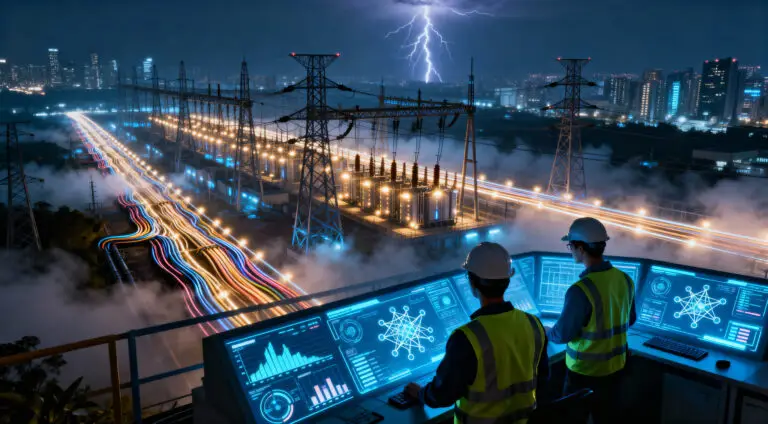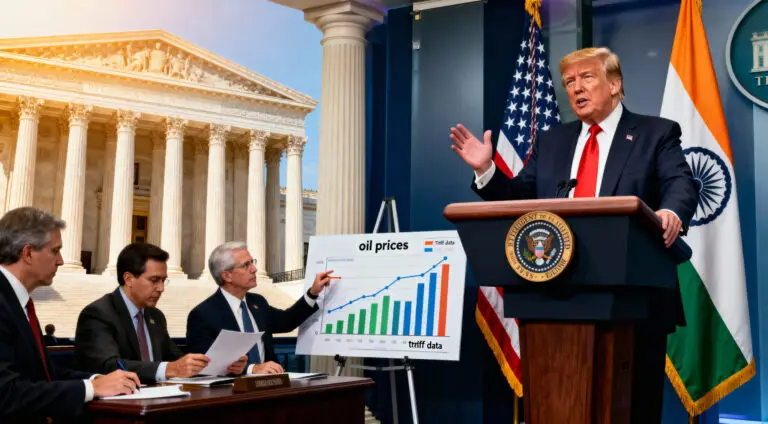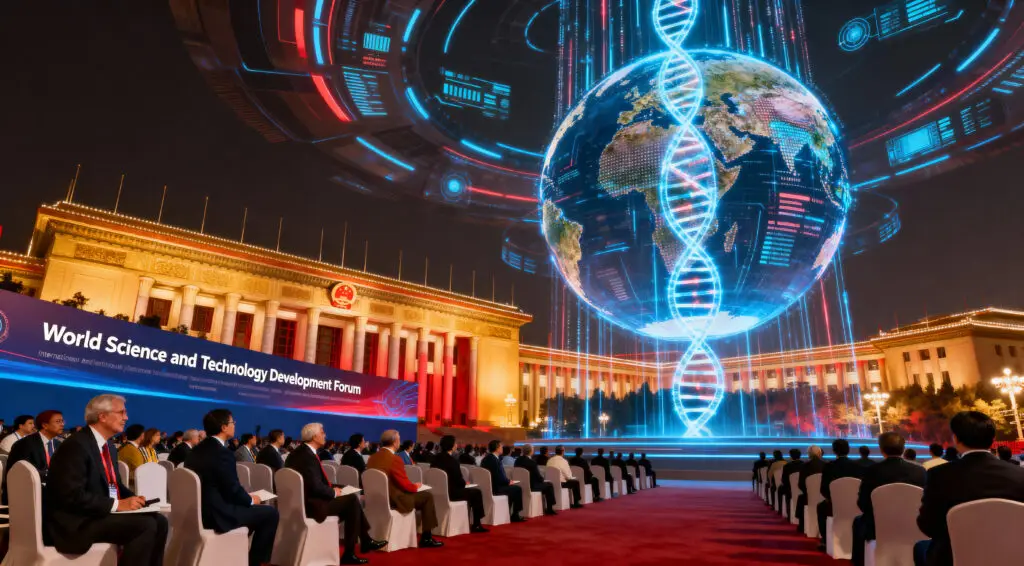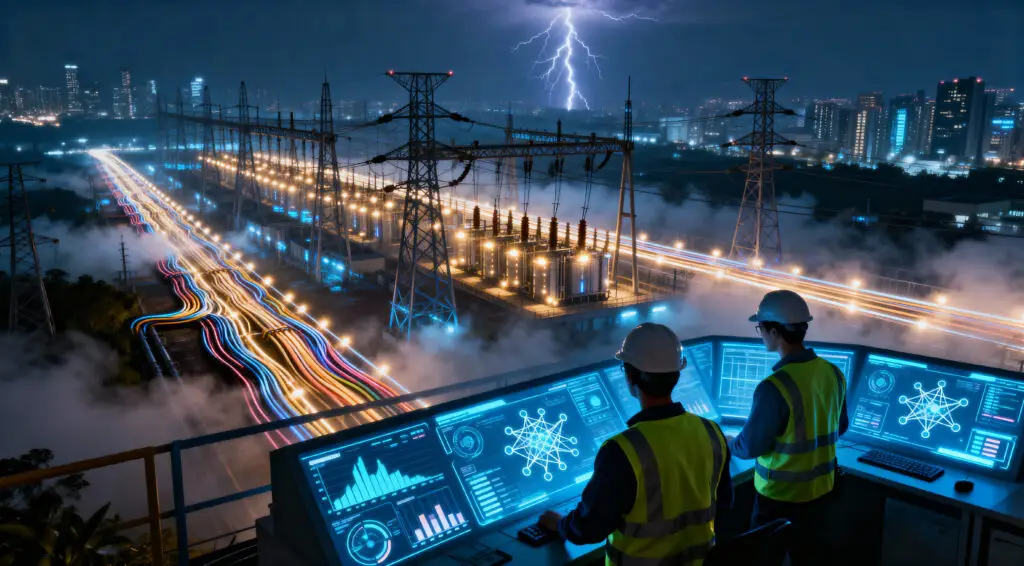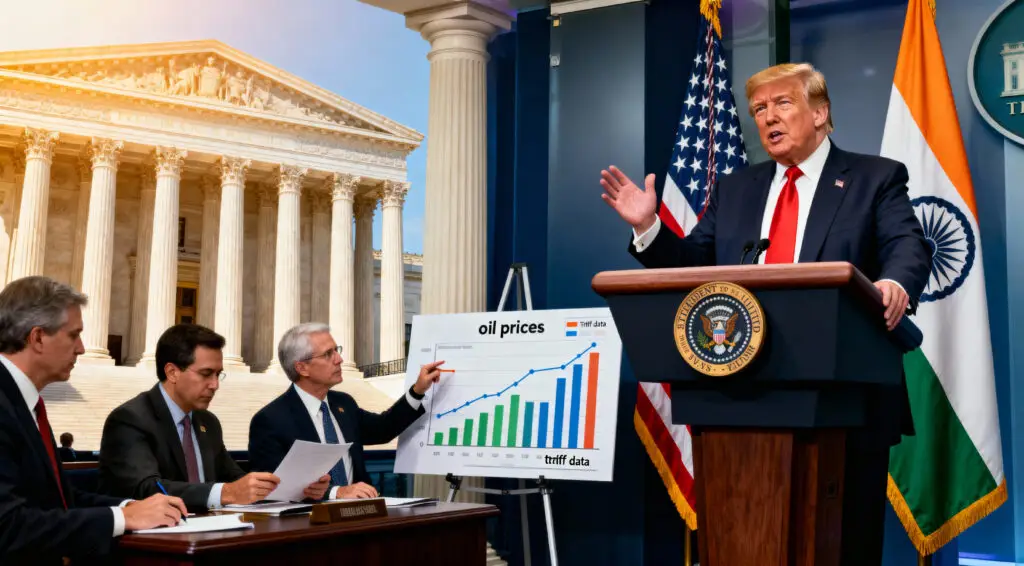Artificial intelligence, as we know it today, has existed in theory since the 1950s. But its real-world impact surged in late 2022 with the release of ChatGPT, which reached over 100 million users within two months. This public fascination with generative AI tools has brought benefits in productivity and accessibility but also triggered questions about their true cost.
AI systems like OpenAI’s GPT-3 require massive energy and water inputs. Training GPT-3 reportedly consumed 1,287 megawatt-hours of electricity, enough to power 120 U.S. homes for a year. The environmental burden doesn’t stop at training. Inference: the everyday use of these models now accounts for more than 60% of AI’s total carbon footprint.
The water usage is just as concerning. According to recent studies, generating 10–50 medium-length AI responses can consume the equivalent of a 500ml bottle of water, depending on deployment conditions. Projections suggest AI-related water withdrawals could reach 4.2 to 6.6 billion cubic metres by 2027, up to six times Denmark’s annual consumption.
Despite these impacts, AI’s environmental costs remain hard to quantify. A lack of emissions transparency, the diversity of model architectures, and variable local power sources make standardisation difficult.
Ethics, Transparency, and the Cost of Speed
Beyond energy and water use, the ethical dimensions of AI loom large. The MIT Sloan Management Review’s 2024 survey found that 52% of respondents believe organisations are falling short in managing AI-related risks. Key concerns include data privacy, lack of accountability, and the opaque “black box” nature of AI decision-making.
These risks extend into copyright and labour. Despite mounting debate over large language models being trained on protected material, few businesses have opted to boycott these tools. The emphasis appears to remain on speed, innovation, and competitive advantage, even at the expense of legal clarity and creators’ rights.
Meanwhile, fears about mass job displacement persist. A 2023 Goldman Sachs report suggested AI could affect up to 300 million jobs globally. Still, it noted that most jobs would be augmented, not entirely replaced. A similar MIT study highlighted that AI struggles in contexts requiring ethical judgement, human creativity, or small, biassed datasets, reinforcing the continuing need for human oversight.
Climate Crisis: Caught Between Urgency and Inaction
Climate change mitigation isn’t progressing fast enough, as political distractions and uneven global commitments slow the transition. Despite pledges from major emitters including China, the U.S., India, and the EU, research shows that global clean energy adoption is lagging. Hitting the 1.5°C target will require an 80% clean energy mix by 2030, rising to 100% by 2050. Only a few nations, like Iceland, Norway, New Zealand, and Denmark, are on track.
Yet the case for action is compelling. An IMF study estimates global decarbonisation could result in a net economic gain of $85 trillion, while Stanford research projects the creation of 24.3 million net new jobs in a fully green energy economy.
Still, the poorest and most vulnerable nations, who contribute the least to emissions, will bear the heaviest costs of inaction.
From Dual Crisis to Dual Opportunity
There is no silver bullet but there is a bigger picture. AI and climate action both require nuanced, pragmatic strategies that balance innovation with ethics and sustainability. The European Union’s AI Act and South Korea’s AI Basic Act are early examples of governments responding with comprehensive regulatory frameworks. Meanwhile, the global climate architecture, from the Paris Agreement to the UN’s SDGs, offers blueprints for collective progress.
As AI becomes more embedded in everyday life, individuals can make a difference by using lighter models, limiting unnecessary queries, and choosing platforms committed to energy transparency. Developers can focus on efficient model design and low-carbon infrastructure. Policymakers must craft frameworks that address AI’s full lifecycle, from emissions to ethics, while accelerating climate financing and workforce transition efforts.
The Road Ahead
The rise of AI and the climate crisis are not mutually exclusive challenges. They are defining tests of 21st-century governance, and both are already reshaping lives, economies, and ecosystems. Whether we meet them with denial, idealism, or realism will determine the kind of future we build.
If AI is to help us save the planet, it must first stop quietly harming it.




